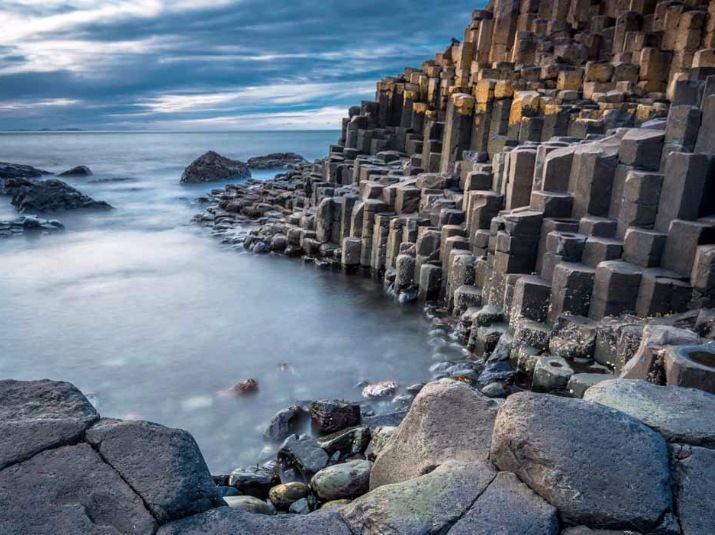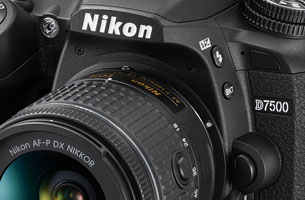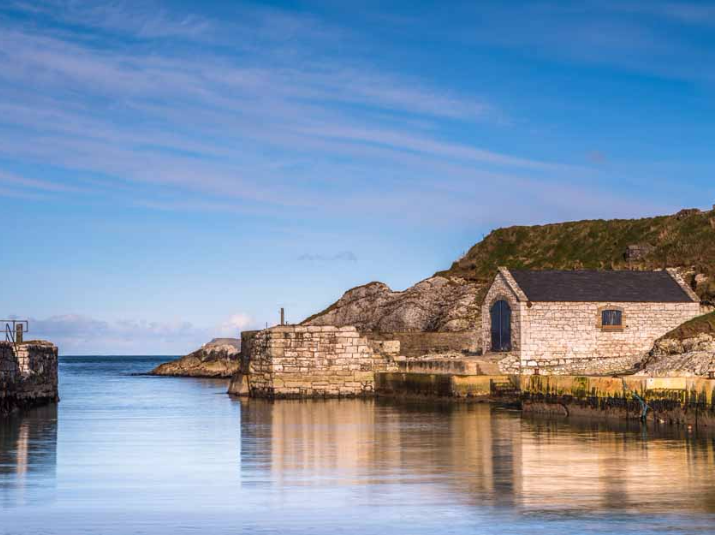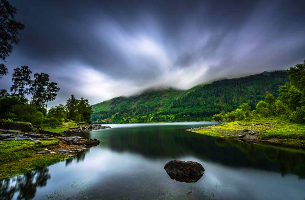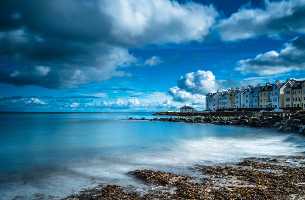Most magazine-standard shots aren't achievable without filters, and of the many types on the market, neutral density (ND) and neutral density graduated (ND grad) filters are the landscape photographer's best friends.
An ND grad evens out exposure when the sky is brighter than the landscape – so it's especially useful for sunrises and sunsets. Dark at the top and clear at the bottom, it darkens down the sky while retaining detail and preserving highlights, which brings out any cloud, too. You can get ND grads in different strengths (e.g. 0.6, 0.9) and hard or soft versions. A soft-edge grad tapers from dark to clear, but the tapering means it won't do anything to clouds on the horizon, whereas a hard-edge ND grad works on everything right down to the horizon, and for that reason I prefer to use a hard ND grad.
A neutral density filter helps you slow down your shooting speed which is vital if you want to create a milky effect with running water or smooth choppy waves, especially on a bright day. They come in a range of strengths, with Lee Filters' Big Stopper cutting 10 stops of light from the image to enable a far longer shutter speed than otherwise possible.
A polariser is another useful filter – great for cutting reflections from the water's surface so you can see through it, or for enhancing the colour of foliage, especially after it's been raining and it's covered in water droplets. You can also use a polariser to deepen the colour of the sky and add contrast, but once you're using a focal length under 28mm you'll start to get uneven polarisation in the sky, which looks odd, so a polariser is best avoided with very wideangle lenses.
Ultraviolet (UV) and daylight filters are used by some photographers to protect the lens's front element, which can be useful when you are shooting on a beach, for example, to avoid sand scratches, but I tend not to bother as I am worried they will degrade the quality of the image. Instead I usually use a lens hood for protection, and to cut down on the risk of glare in bright conditions.


